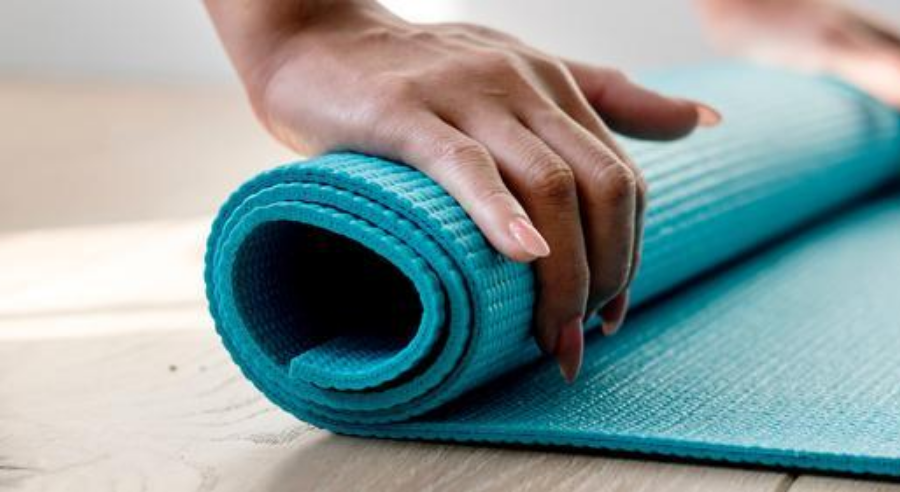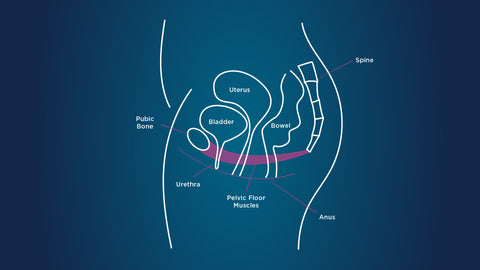LIVING WITH INCONTINENCE
Incontinence exercise
Read moreWe’ve added this product to your sample pack
We’ve added this product to your sample pack
The pelvic floor muscle plays such an instrumental role for women’s incontinence health, so it’s important to pay attention and ensure you practice good pelvic floor exercise.

The pelvic floor is a sling of muscle that runs between your legs, attaching at the tailbone (coccyx) at the back, and the pubic bone at the front. It supports your pelvic organs including your bladder, bowel and vagina and has bands of muscles called sphincters that surround the urethra and anus, controlling the retention and release of urine and faeces.
The pelvic floor muscles work with the deep abdominal and back muscles (collectively referred to as your ‘inner core’) to stabilise your trunk and spine. Pilates and yoga both focus on ‘core’ strength, which aids balance, improves posture and reduces the risk of injury, so there are multiple reasons to keep the pelvic floor muscle in good shape to improve women’s incontinence and overall health.

The most common issue that impacts incontinence for women is a weak, loose pelvic floor muscle.
Symptoms of this can include:
Less common is a muscle that’s too tight, which makes emptying the bowel and bladder extremely difficult. It’s often accompanied by painful intercourse, so if you suspect you have this condition, make an appointment with your doctor to discuss treatment.
Pregnancy and childbirth put enormous strain on the pelvic floor muscle and is often the culprit (and perhaps why urinary incontinence is far more common in women than men).
However. there are many other contributing factors, which is why women who are not pregnant or haven’t had children can also have bladder leakage. These can include:
Key to improving a weakened pelvic floor muscle and associated leakage is exercise. You’ll find all you need to know about Pelvic Floor Exercises, including instructional videos for Beginner, Intermediate and Masterclasses in the TENA Exercise Zone
Adopting healthy bladder habits will also assist. Here’s what you should be aiming for:
Being deep in our bodies, it’s not surprising that we forget to think about our pelvic floor muscle, but with a little attention, leakage issues can often be improved and in many cases, resolved – so it’s well worth the effort.
Source:
Asaleo Care makes no warranties or representations regarding the completeness or accuracy of the information. This information should be used only as a guide and should not be relied upon as a substitute for professional, medical or other health professional advice.